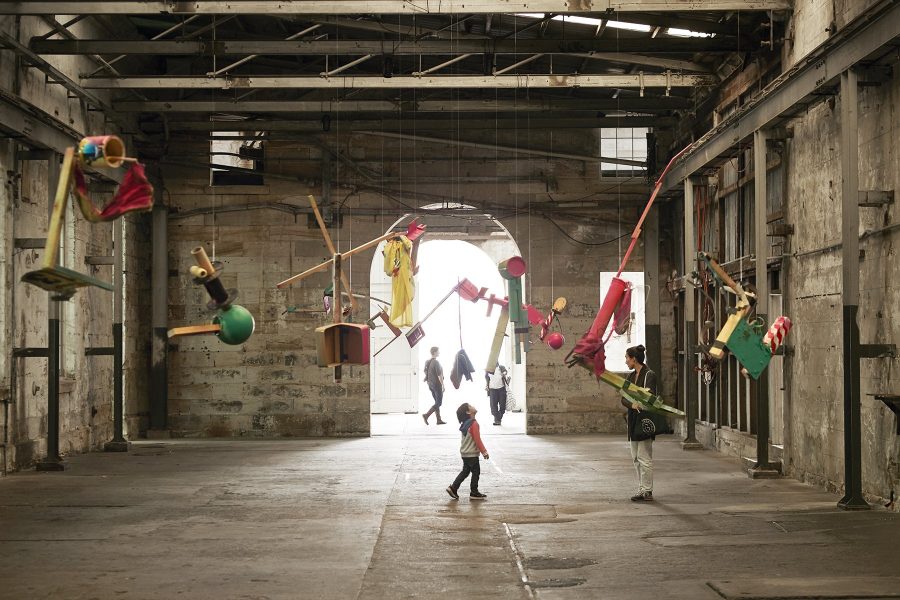Home Participants 21st Biennale of Sydney (2018) Abraham Cruzvillegas
Abraham Cruzvillegas

Abraham Cruzvillegas

The use of found objects and repurposed materials is the foundation of Cruzvillegas’ practice. The artist is perhaps best known for a body of work created over the last decade titled ‘autoconstrucción’, meaning ‘self-construction’. Cruzvillegas’ interpretation of the word refers to methods of building slowly over time that arise out of poverty, necessitating creativity, adaptation and assistance from relatives, neighbours and friends. The artist appropriated the term in 2007, following an exhibition in New York where he created all the works from materials found in the area local to the gallery. Cruzvillegas states that ‘autoconstrucción’ is about scarcity, solutions and ingenuity… and how you can conceive a philosophy of life that you can make something out of nothing. That is also a metaphor for identity… we are constantly transforming ourselves.’
Following this method, Cruzvillegas has created a series of site-specific sculptures in the Industrial Precinct at Cockatoo Island, Reconstruction I: The Five Enemies, 2018, and Reconstruction II: The Five Enemies, 2018. Suspended from the rafters of buildings once used to engineer and manufacture ships, Cruzvillegas’ pendulant structures have been improvised from discarded objects and building materials left over from previous events and restoration projects at the site. Inspired by the writings of Chinese philosopher and Taoist sage Chuang Tzu (399–295 BC), Cruzvillegas pays close attention to the nature of the discarded objects and materials he collects. Recognising the life and history inherent in each article, Cruzvillegas, through a process of alchemical transmutation, converts them into artworks that retain traces of a genealogy of migration and labour.
Commissioned by the Biennale of Sydney with generous support from the Neilson Foundation
Abraham Cruzvillegas creates artworks that draw on disparate influences ranging from the socio-political climate of Latin America, music genres including punk rock and hip-hop, and the neighbourhood of Colonia Ajusco, where he grew up in Mexico City. Located in the southern part of the city on land thought to be uninhabitable, in the 1960s Ajusco became a locus for immigrants from the countryside seeking a better life. The new inhabitants built homes from found and recycled materials and this aesthetic, along with the principles of the strongly politicised, tenacious community, are reflected in Cruzvillegas’ artworks.